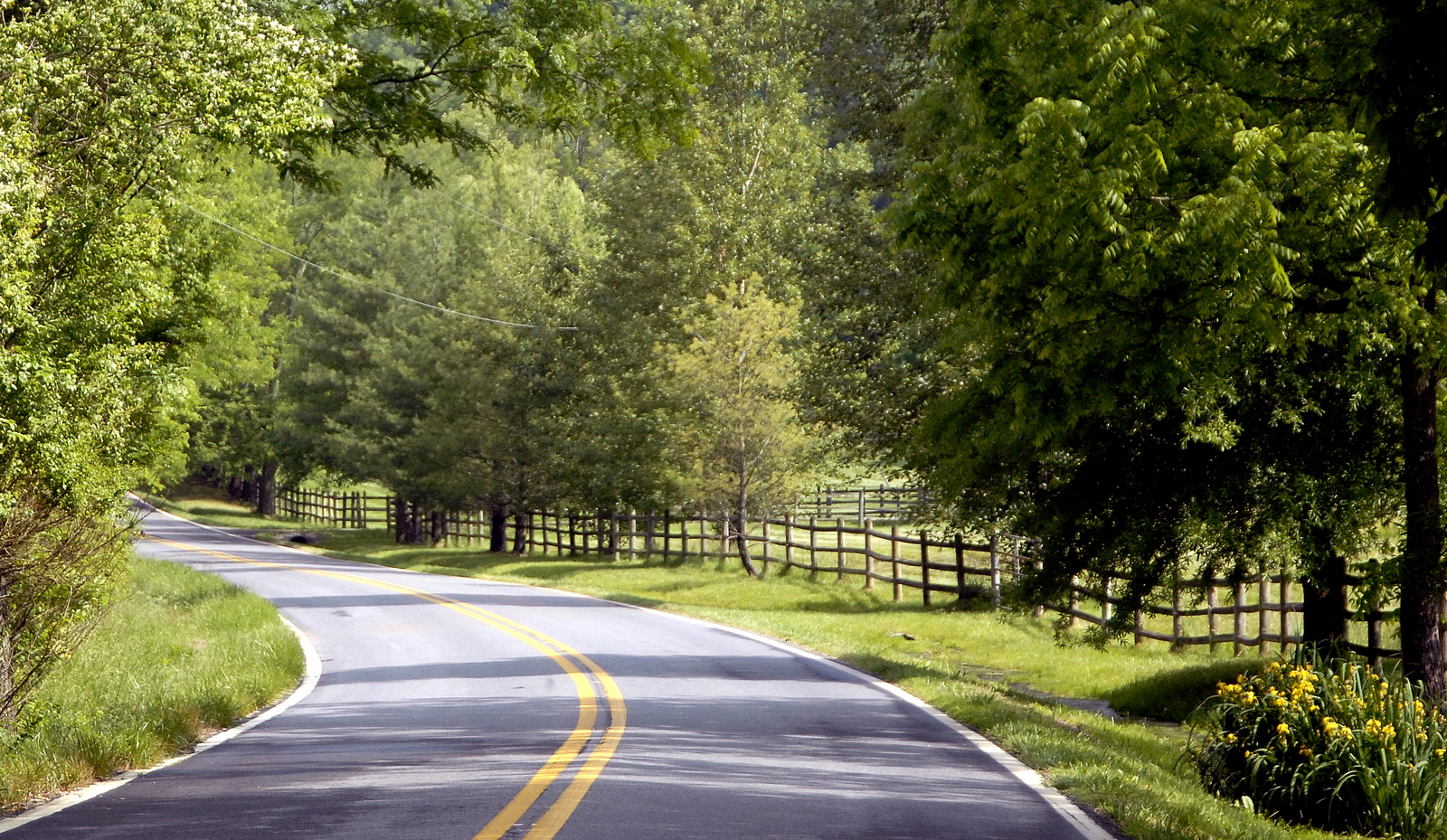Virginia Car Accident Lawyer
Virginia has the third largest state-maintained highway system in the country, just behind North Carolina and Texas. Many of these roads are two-lane highways. Two-lane highways have no median and small shoulders. They are less expensive to maintain because they are so much smaller than wider highways, but they also present deadly situations for drivers.
Unlike larger highways, two-lane highways lack basic safety devices that help protect drivers, including guardrails, medians, and wide, paved shoulders. This leaves vehicles traveling opposite each other in very close proximity since there is usually only a yellow line that separates one side from the other. This is especially dangerous the higher the speed limit. When drivers lose control or make reckless decisions, the consequences can be devastating. Head-on collisions often result in severe injuries or fatalities due to the high speed and the combined force of the two vehicles.
Some of the more frequent two-lane highway accident causes include the following:
Not Enough Clearance to Pass
One of the most apparent dangers of two-lane highways is the limited room for error. Unlike multi-lane highways, where there is more space to maneuver, two-lane highways often offer little margin for mistakes. This can lead to accidents when drivers attempt to overtake slower vehicles or make sudden lane changes, especially when traffic is heavy.
Since two-lane highways do not have multiple lanes, the only way a vehicle can pass a slower-traveling one in front of it is to drive into the opposite lane. A driver is only allowed to legally pass if the yellow broken line is on their side of the road and only if there is no traffic coming the other way. Unfortunately, too many drivers take unnecessary and dangerous risks, trying to pass when there is oncoming traffic in the other lane. These risky maneuvers often lead to head-on crashes.
Roadway Debris
Because a driver is only limited to one lane, if there is any kind of debris on the road, such as cargo that has fallen from a truck, there are limited options for the driver to move the vehicle away from the debris in the road. The driver may instinctively jerk the vehicle into the other lane without realizing traffic is coming the other way. If there is not enough clearance, a deadly head-on crash can result.
Slow Traffic
There is also a high risk of rear-end crashes if a vehicle is driving too slowly and another driver is not paying attention and comes up too quickly and too close to the slower-moving car. The presence of slower-moving vehicles, such as tractors or bicycles, can pose risks on two-lane highways. Overtaking these vehicles can be tricky, and impatient drivers may take unnecessary risks to pass, leading to dangerous situations. Conversely, slower vehicles might find it challenging to safely pull over and let faster traffic pass, exacerbating congestion and frustration.
Environment and Weather
Two-lane highways are susceptible to various environmental factors that can increase their dangers. Weather conditions such as heavy rain, fog, snow, or ice can reduce visibility and make the road surface slippery. Drivers must exercise extreme caution in adverse weather, but even then, accidents can still occur. In addition to weather, two-lane highways can be challenging to navigate due to their winding and hilly terrain. These roads often twist and turn, with limited sightlines, making it difficult to anticipate what lies ahead. Drivers must be vigilant, especially when approaching curves, as sudden obstacles or slow-moving vehicles may suddenly appear in their path.
Two-lane highways are particularly hazardous at night. Reduced visibility and the presence of tired or impaired drivers can lead to an increased risk of accidents. In rural areas, where street lighting is scarce, the darkness can further hinder a driver’s ability to react to unexpected hazards.
Staying Safe
To mitigate the dangers of two-lane highways, various measures can be taken. One essential step is investing in infrastructure improvements, such as widening the road, adding passing lanes, and installing safety barriers. These enhancements can reduce the likelihood of head-on collisions and improve overall road safety.
Additionally, strict enforcement of speed limits and traffic regulations is crucial on two-lane highways. Law enforcement agencies must ensure that drivers adhere to the rules, especially when overtaking slower vehicles or navigating hazardous conditions.
Driver education and awareness campaigns can also play a significant role in promoting safe practices on two-lane highways. Emphasizing the importance of patience, defensive driving, and responsible decision-making can help reduce the risks associated with these roads.
Let Our Personal Injury Law Firm Help
Anyone who has been injured in a two-lane highway accident caused by the negligence or recklessness of another driver should seek medical attention immediately, even if they don’t think they have suffered serious injuries. The victim could be dealing with the “flight or fight” reaction and symptoms of these injuries may be delayed.
Once a victim has been evaluated by a medical professional, they should then reach out to a personal injury attorney in Virginia to find out what legal options they may have.
Car crash victims often suffer from injuries that require a long-term recovery process. This often involves high medical expenses, as well as lost wages from work, and pain and suffering. And it is not uncommon for victims to suffer life-long damage from these injuries.
Insurance companies will often try to pressure car crash victims to settle their claims quickly and for much less than what the victim deserves. That is why it is critical to contact a skilled Virginia Beach personal injury attorney from Shapiro, Washburn & Sharp immediately following a collision for advice and direction. For more information, download our free guide to car crash injuries in Virginia.
RELATED CONTENT
